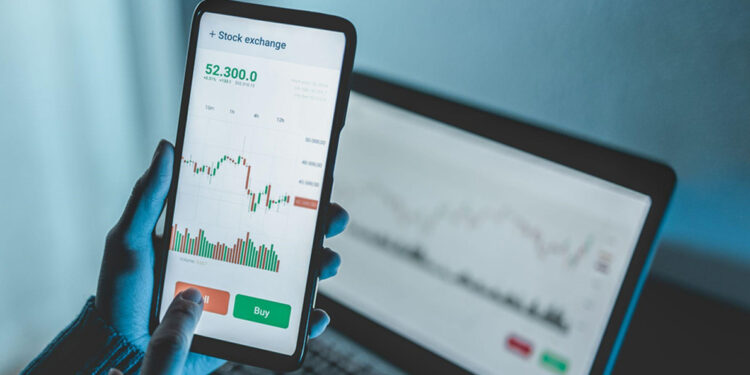What Make VWAP the Most Popular Indicator Among All Traders?

Every investor or trader knows the worth of using fundamental data and technical indicators to track price movements. Without these tools, one would be left to do guesswork in the market or follow their instinct only, and it never ends well. But unfortunately, when it comes to tracking securities price movements and predicting future prices, there is no single way to go about it.
For instance, there are numerous trading indicators for day traders to use. The Moving Average (MA) is one of the most common fundamental and technical indicators but has several types. But perhaps the most used moving average indicator is the volume-weighted average price (VWAP) indicator. Knowing how to use VWAP indicator is a must-have skill for intraday traders.
What is VWAP
It is a short-term price indicator that tracks the price value of a traded security over its total volume, mostly on intraday transactions. As a short-term intraday indicator, its time frames can be as short as 1 minute to an hour or more but within a 24-hour frame. It is usually a basic line on a stock’s chart. So, when the price of a stock is above this line, it is characterized as above the VWAP, and when it is under it, it is below the VWAP.
So, what makes VWAP a popular indicator amongst traders? Although it is best when combined with other indicators, traders still manage to use it on its own for various reasons.
It is Easy
While the calculations to arrive at the VWAP can be overwhelming for some, VWAP is easy to read when one knows how to use it because the key is to check whether the stock’s price is above or below the VWAP. Once you understand this and how to interpret the information to your advantage, using VWAP for your trading will be easier.
Signals When to Buy or Sell
Traders are fond of VWAP because it shows them the price trend of a security depending on where its price is trading in relation to VWAP’s line. For example, if the price is trading below the VWAP line as it lowers, it indicates a downtrend and vice versa for an uptrend.
If the price is experiencing a downtrend, a trader will want to wait for its reading price to get past the VWAP line and get back to an uptrend before transacting. Because of this, it makes an excellent marker for when to enter or exit the market.
As a Benchmark
As a trend indicator, institutions and money managers use VWAP to benchmark price values. This way, they can assess the quality of executions from their market makers and traders. It also helps them know the quality of their order fills. For instance, if there is constant fulfilling of their orders above the VWAP, a manager will want to look for other traders or market markers to fulfill the orders.
Second, it can also be used to gauge the liquidity of the market and the impact of a manager’s or institution’s trade. For instance, share prices could rise if a trader is reckless. This could trigger a chasing element leading to a steep drop when the orders are filled.
To Gauge a Stock’s Relative Strength
If the price of a stock you are interested in is trading over VWAP’s intraday, it is experiencing a bullish market. Consequently, it might be bearish if it is trading below the intraday VWAP. Knowing how to read the VWAP line against the stock’s price will tell you the strength or weakness of the stock. The ability to do this with VWAP allows traders to rethink their trades before execution to ensure they do not lose.
In conclusion, traders prefer using VWAP for short-term charts during their intraday trades. While it is easy to read, it can point traders to when they can enter or exit the market. It is also ideal for gauging the relative strength or weakness of a stock’s price, allowing one to know whether it is experiencing a bullish or bearish market.










